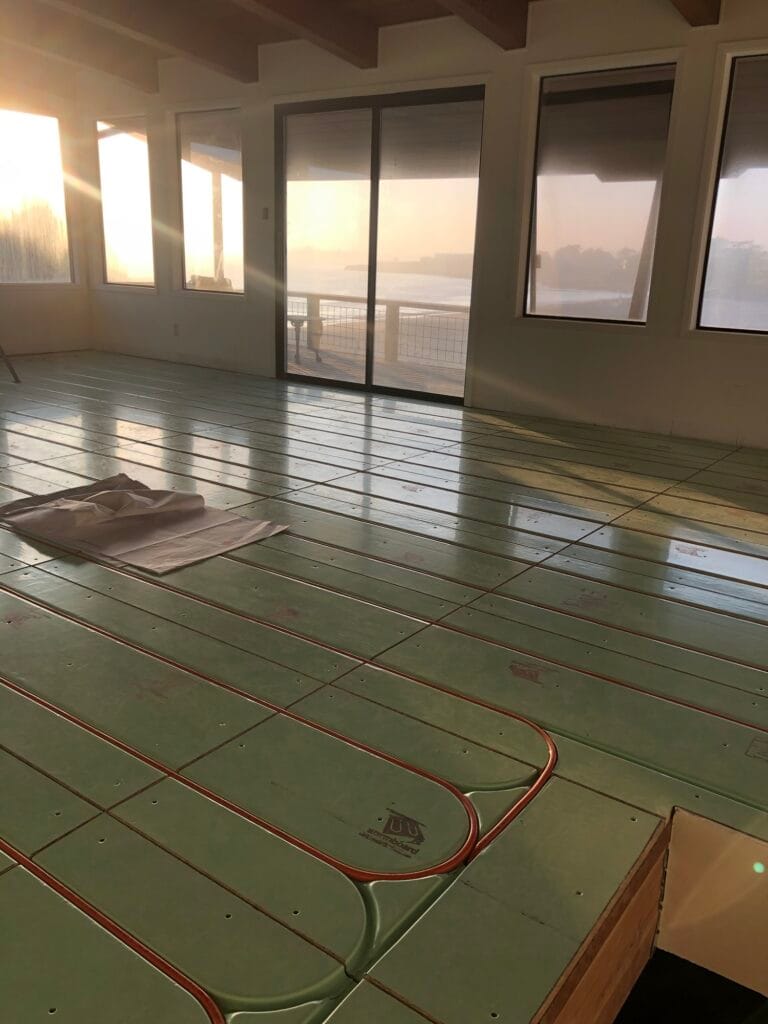
The plumbing world has its own language—and if you’ve ever tried to follow along with a plumber mid-job, you know it can feel like they’re speaking a different dialect. Words like “blackwater,” “blow bag,” or “trap seal” might sound unfamiliar, but understanding them can go a long way in helping you communicate effectively and make informed decisions when repairs or installations are needed.
At Wade’s Plumbing & Septic, we believe in educating our customers, not just servicing their homes. Whether you’re preparing for a plumbing appointment or tackling a DIY fix, here’s a breakdown of common plumbing terms that will boost your confidence and save you from second-guessing what your plumber just said.
14 Common Plumbing Terms Explained
1. Blackwater
This term refers to wastewater from toilets—essentially anything that contains human waste. Blackwater must be handled and disposed of carefully, as it poses health risks and must be directed through proper sewage or septic systems.
2. Greywater
Unlike blackwater, greywater comes from non-toilet fixtures like sinks, tubs, showers, and washing machines. It’s generally less contaminated and can sometimes be reused for irrigation or flushing (if treated properly).
3. Hard Water
Hard water contains high levels of dissolved minerals, primarily calcium and magnesium. Over time, these minerals can cause scale buildup in pipes, reduce appliance efficiency, and even damage fixtures.
4. Water Softener
A water softener is a device that treats hard water by removing or neutralizing excess minerals. This extends the life of your plumbing and appliances and can improve water quality for bathing and cleaning.
5. Branch Drain
This is the pipe that collects wastewater from individual fixtures (like a sink or tub) and carries it to the larger main drain pipe. Each fixture in your home connects to a branch drain before wastewater flows toward the sewer or septic system.
6. Drain Field
If your home uses a septic system, the drain field is the underground network of pipes that disperses treated water from the septic tank into the soil. It’s essential to keep this area clear of heavy vehicles, construction, and excess moisture.
7. Fittings
Fittings are the connectors between plumbing pipes. They come in all shapes and sizes—elbows, tees, couplings—and are used to change direction, reduce pipe size, or join multiple pipes together.
8. GPF (Gallons Per Flush)
This acronym refers to how much water a toilet uses with each flush. Federal regulations require toilets to use 1.6 GPF or less, which helps conserve water and reduce utility costs.
9. Potable Water
Potable water is water that’s safe to drink. It has been filtered, treated, or tested and meets safety standards for human consumption.
10. Trap Seal
This is the small amount of water that sits in the U- or S-shaped pipe (the “trap”) beneath a drain. It acts as a barrier, preventing sewer gases from coming up into your home. Without this seal, you’d smell some very unpleasant odors.
11. Tee
A tee is a T-shaped fitting used to connect three pipes—usually one horizontal pipe and two that branch off. It’s commonly used when creating junctions in your drain or water lines.
12. Blow Bag
A blow bag is a plumbing tool designed to clear clogs deep in your drain lines. It attaches to a garden hose, inflates inside the pipe, and releases high-pressure water bursts to break up blockages.
13. Dope
Also known as pipe joint compound, plumber’s dope is a thick paste applied to threaded fittings to ensure a leak-proof seal. It’s particularly helpful for metal threaded pipes and fittings under high pressure.
14. Snake
A plumbing snake (or drain auger) is a flexible metal cable used to dislodge clogs in drains and sewer lines. It can reach much farther than a plunger and is ideal for breaking up deep or stubborn blockages.
Why Plumbing Knowledge Matters
Understanding these terms allows you to:
- Better describe issues when calling a plumber
- Know what to expect during a repair or installation
- Avoid misunderstandings or miscommunication
- Ask informed questions about services and pricing
- Feel more confident about DIY tasks or maintenance
Plus, being familiar with plumbing lingo helps you spot signs of trouble earlier—before a minor annoyance becomes a major problem.
Looking for Help with Your Plumbing?
Whether you’re dealing with a clogged drain, a leaking water heater, or planning a full plumbing upgrade, Wade’s Plumbing & Septic is here to help. We serve homeowners and businesses across Santa Cruz, Capitola, Soquel, Aptos, Watsonville, and surrounding communities.
Our expert team is happy to walk you through the process in plain English—and get the job done right the first time.
Need Help?
Contact us for a free quote or to schedule service.
Need Help?
Contact us for a free quote or to schedule service.
Comments (0)